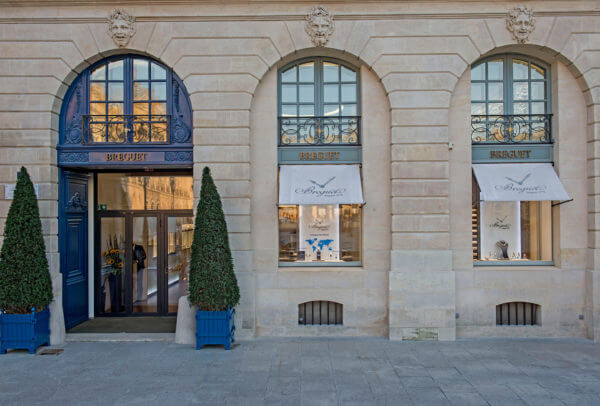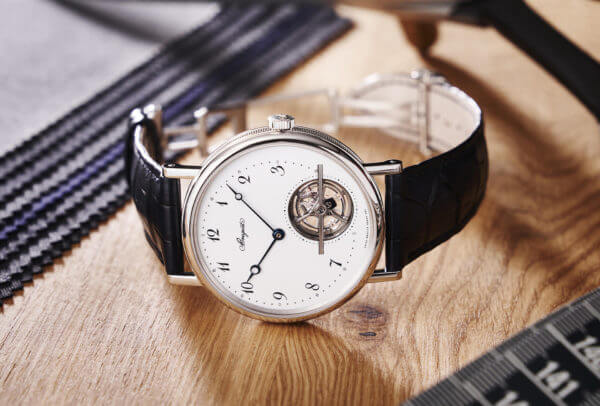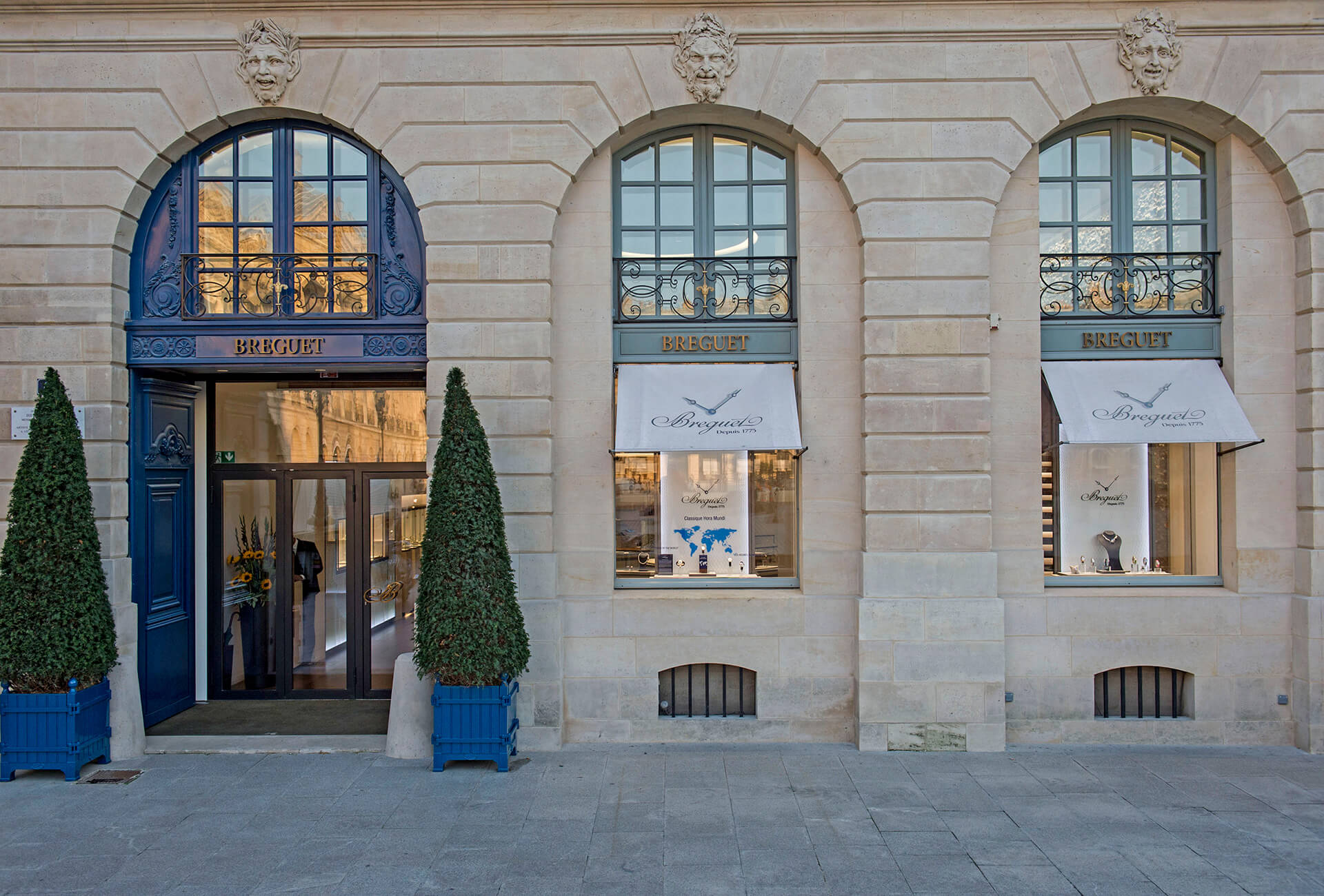The renowned watchmaker has designed a Breguet Classic Tour to explore the art of craftsmanship around the world. Launched in London last October, the tour is set to arrive in Paris at the beginning of July. On each occasion, the House invites its guests to retrace the day of a perfect gentleman who, after slipping his Breguet Classique watch onto his wrist, prepares himself for the day ahead with the help of his city’s finest artisans. The Paris stage of the tour not only highlights some of the key locations of the Breguet mythos, such as the Petit Trianon, Père Lachaise and Place Vendôme – it also takes in experiences that celebrate French style and expertise, with visits to Atelier du Tranchet and Christophe Fenwick – both masters of craftsmanship as precious as it is rare. This voyage of discovery, combining tradition and modernity, is the culmination of the remarkable research carried out by the House in its quest for ultimate precision – not least the integration of silicon into timekeeping components in several watch collections.

Paris, where it all began
France was at a turning point in its history when Abraham-Louis Breguet arrived there after departing his native Neuchâtel. Thanks to an exceptional career, he has made Paris the capital of watchmaking. From one arrondissement to the next, the name Breguet lingers in remnants of his existence. For instance, in the museum and boutique on Place Vendôme, where Breguet was the first watchmaker to set up shop, vault archives give an uninterrupted historical account of every sale made since the end of the 18th century.
Enshrined as a “temple” of technology by the French Revolution, the Musée des Arts et Métiers unites the achievements of five generations of the Breguet family under one roof, from watchmaking and telegraphy right through to aviation. The Breguet biplane created by Louis Charles Breguet in 1911 is on exhibit next to Clément Ader’s airplane and the Blériot XI used to cross the Channel in 1909.
Facing the Louvre, on the opposite bank of the Seine, sits the Collège des Quatre-Nations, which later became the Institut de France in 1795. Comprising five academies, it boasts a dramatic architecture with a dometopped chapel that is surrounded by two quarter-circle wings flanked by square pavilions. It was there that the young Breguet spent several years attending lectures and private lessons that would change the course of his existence. He returned there toward the end of his life as a member of the Académie des Sciences.

It was at 39 Quai de l’Horloge that Abraham-Louis Breguet decided to establish his home and workshop. It was ideally placed in the industrial district of the Ile de la Cité, where the silversmiths, dial-makers, needle and watch case manufacturers of the time operated, taking full advantage of the Pont-Neuf, the central hub of Paris. Its interiors feature the flaws of a house built under Henri IV. The hallways are narrow, the staircases askew, the light less abundant than at the watchmaking workshops in Geneva. Nonetheless, it was between these walls that solutions, a style, and a vision that transformed watchmaking forever came to life.
Rue Bréguet, that carries by mistake an acute accent that does not feature in the family name, led a fairly undramatic history not far from Place de la Bastille, the storming of which on July 14, 1789, was experienced up close by Abraham-Louis Breguet. Although the Revolution had only just begun, the watchmaker moved away from his professional remit to give his clear support in favor of sweeping state reforms. Shortly afterwards, alarmed by the violent turn of events, he wisely returned to Switzerland before coming back to Paris in 1795 where he would live out his days.
He was laid to rest in Père-Lachaise cemetery, the most well-known necropolis in Paris, where, in landscaped parklands, 70,000 plots make up a maze of Gothic tombs, Haussmanian vaults, ancient mausoleums, and sepulchers inscribed with messages and bizarre ex-votos bearing witness to a fervor that remains undiminished to this day. One cannot leave Paris and its surrounds without visiting Versailles and Marie-Antoinette’s Petit Trianon, which was expertly restored to its full charm and glory in a major two-year project sponsored by the House of Breguet.


















